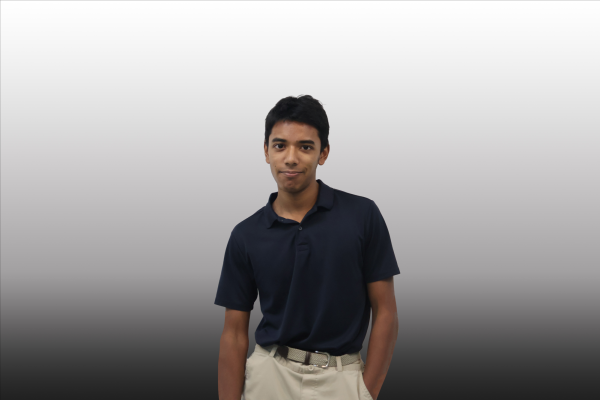Seniors place top 10 in NASA & Texas Instruments Codes Contest
On Sept. 14, four seniors placed in the top 10 in the NASA & TI Codes contest with their air monitoring system.
September 29, 2020
During a personal tour with astronaut Shane Kimbrough, senior Pierce Ederle visited the Johnson Space Center to learn about daily life and operations on the International Space Station (ISS). After hearing about the weekly cleaning routines on the ISS, Ederle searched for ways to share his ideas with NASA, discovering the NASA & Texas Instruments Codes Contest.
Given months of preparation, contestants must design and create their inventions with Texas Instruments technology. After three rounds of voting, the top five contestants share their inventions with NASA. On Sept. 14, Ederle and seniors Albert He, Grace Nockolds and Luke Witten placed in the top 10, barely missing the prize.
The team communicated through Zoom to stay safe during COVID-19.
“Albert didn’t leave his house, so he never met with us in person,” Nockolds said. “It’s always a little bit harder when you have to do things over Zoom.”
Through their research, the team found that excessive dust and debris can cause breathing problems and damage to high-fidelity instruments on the ISS, forcing astronauts to spend roughly four hours every day just cleaning the vents. To improve safety and time management, the team came up with the Vent Airflow Monitoring System (VAMS).
Courtesy of SJS Engineering. Four seniors designed VAMS to improve airflow and cleaning in space.
The team briefly waited for the judges to approve their idea. After two rounds of voting, the team received their resources, meeting 20 hours total over the summer to create their contraption.
“We built a small model of a vent with a handheld vacuum on one end of a pipe and filter on the other,” Nockolds said. “Our system projects a number one through nine and an LED color that would resemble good airflow or bad airflow.”
Once the teams finalized their inventions, the third round of voting began. Because of the pandemic, the judging panel could not meet to decide the winners this year, asking the public to vote electronically instead.
Each team released a video on social media platforms to describe their creation and encourage their community to vote. Ederle, Nockolds and Witten met up in person to film their video together and later encouraged family, friends and their engineering classes to vote for their project.
“It might’ve been the most difficult part of the competition,” Ederle said.
Voting ended a few weeks later. The team learned they were finalists after the judges posted placements online.
“It’s a little weird to us that the last stage was like that,” Nockolds said, “but it also made it kind of fun. We were really happy to make it that far.”






Indrani Maitra • Sep 29, 2020 at 8:06 PM
Amazing article! You learned from your siblings well!